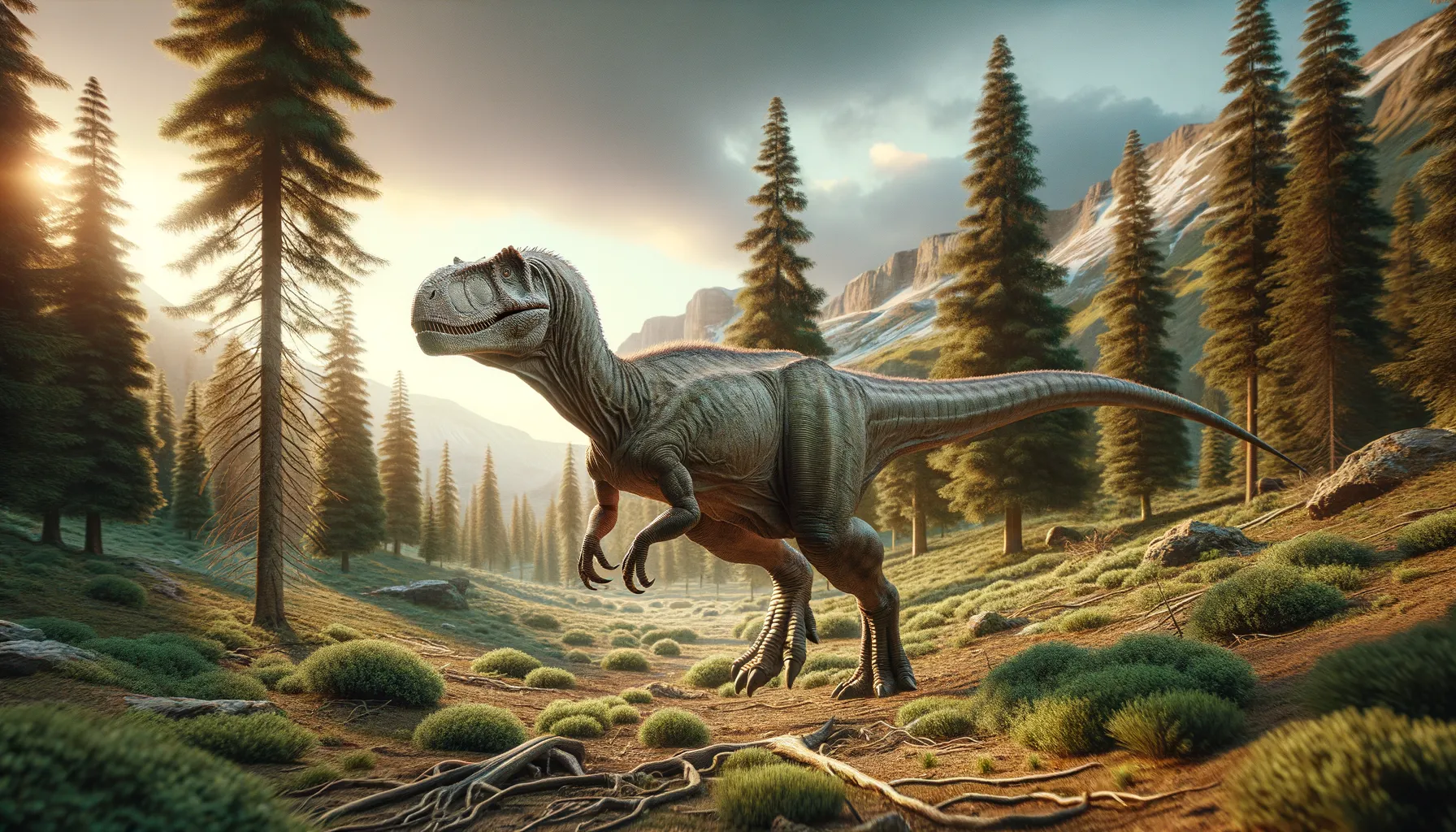
Mantellisaurus
Swift strides in the prehistoric world!
Period
Cretaceous
Length
Around 7 meters (23 feet) in length.
Height
About 2.5 meters (8.2 feet) tall.
Weight
Approximately 1,500 kilograms (3,300 pounds).
Mantellisaurus was a medium-sized herbivorous dinosaur that roamed Europe during the Late Cretaceous period. Adapting to its environment, it was equipped with strong legs and a sleek build which allowed nimble movement. It characteristic features include a lightly built body, which was supported by its bipedal stance, although it could walk on all fours when necessary. This dinosaur was an important part of its ecosystem, contributing to the plant-eating niches of its time.
Diet
Mantellisaurus was herbivorous, primarily feeding on the lush, abundant plant life of its era. It had a beak-like mouth that was well-suited for cropping plants, and its teeth were efficient for grinding vegetation.
Hunting
As a plant eater, Mantellisaurus did not hunt other animals. Instead, it likely foraged for plant material, browsing for ferns, cycads, and other low-growing vegetation for sustenance.
Environmental challenges
Mantellisaurus faced predators like larger theropods and had to rely on its speed and agility to escape threats. Climate fluctuations may have influenced the availability of food, necessitating seasonal migrations. Additionally, competition with other herbivores for diminishing plant resources could have been a challenge, impacting their survival and adaptation strategies.
Speed
Relatively fast for a herbivore due to its longer legs.
Lifespan
Estimated to live around 20 to 30 years.
First discovery
Discovered in the early 20th century by Reginald Hooley.
Fun Facts
- Mantellisaurus was named after Gideon Mantell, the English paleontologist who discovered some of the first dinosaur fossils.
- This dinosaur lived during the early Cretaceous period, around 125 million years ago.
- It was a relatively small herbivorous dinosaur, reaching about 7 to 9 meters in length.
- Mantellisaurus walked primarily on two legs, but it could also use all four legs for grazing.
- Its fossil remains were mostly found in England, particularly in the Isle of Wight.
- Unlike some other dinosaurs, Mantellisaurus had a lighter and more graceful build, suggesting it was a quick mover.
- The dinosaur is related to the more famous Iguanodon, sharing several anatomical features.
Growth and Development
Mantellisaurus hatched from eggs and grew rapidly during the early stages of life to avoid predation. Juveniles were likely bipedal, gaining strength and speed as a defense mechanism. Growth rates depended on environmental factors, and reaching full size would offer better protection against predators and increase breeding success.
Habitat
Mantellisaurus lived in what is now Europe, inhabiting forested environments and open plains rich in plant life. Such regions provided various vegetation types for feeding, along with freshwater sources. Their habitats facilitated migration patterns, vital for sustaining their diet across changing seasons.
Interaction with other species
Mantellisaurus coexisted with various dinosaur species, including predators and other herbivores. It had to compete for food with smaller dinosaurs and avoid larger carnivores. Symbiotic relationships with smaller species might have existed, such as those that cleaned pests from its skin.
Natural lifespan
Mantellisaurus could live naturally for 20 to 30 years if it avoided predation.
Reproduction
Mantellisaurus laid eggs, likely in nests on the ground. Nesting sites were probably chosen for security and accessibility to food sources. Parental care may have included guarding the nest or young from predators.
Social behaviour
Mantellisaurus might have travelled in groups or herds for protection and improved foraging. Social structures could involve coordinated movements to protect younger members. Communication methods would include vocalizations and physical gestures.
Fossil locations
Fossils of Mantellisaurus have been primarily found in Europe, notably in England. The Isle of Wight is one of the key sites where its remains have been unearthed. These discoveries have provided significant insights into its anatomy and habitats.
